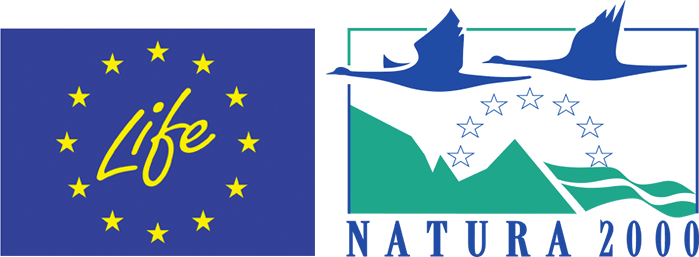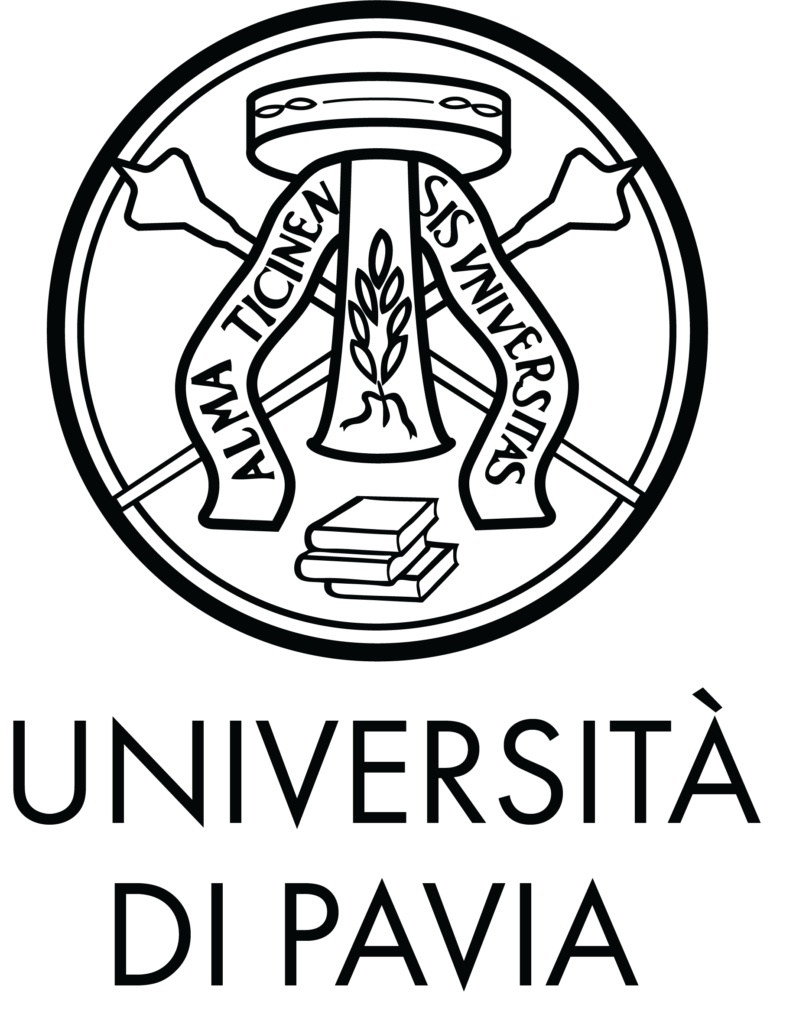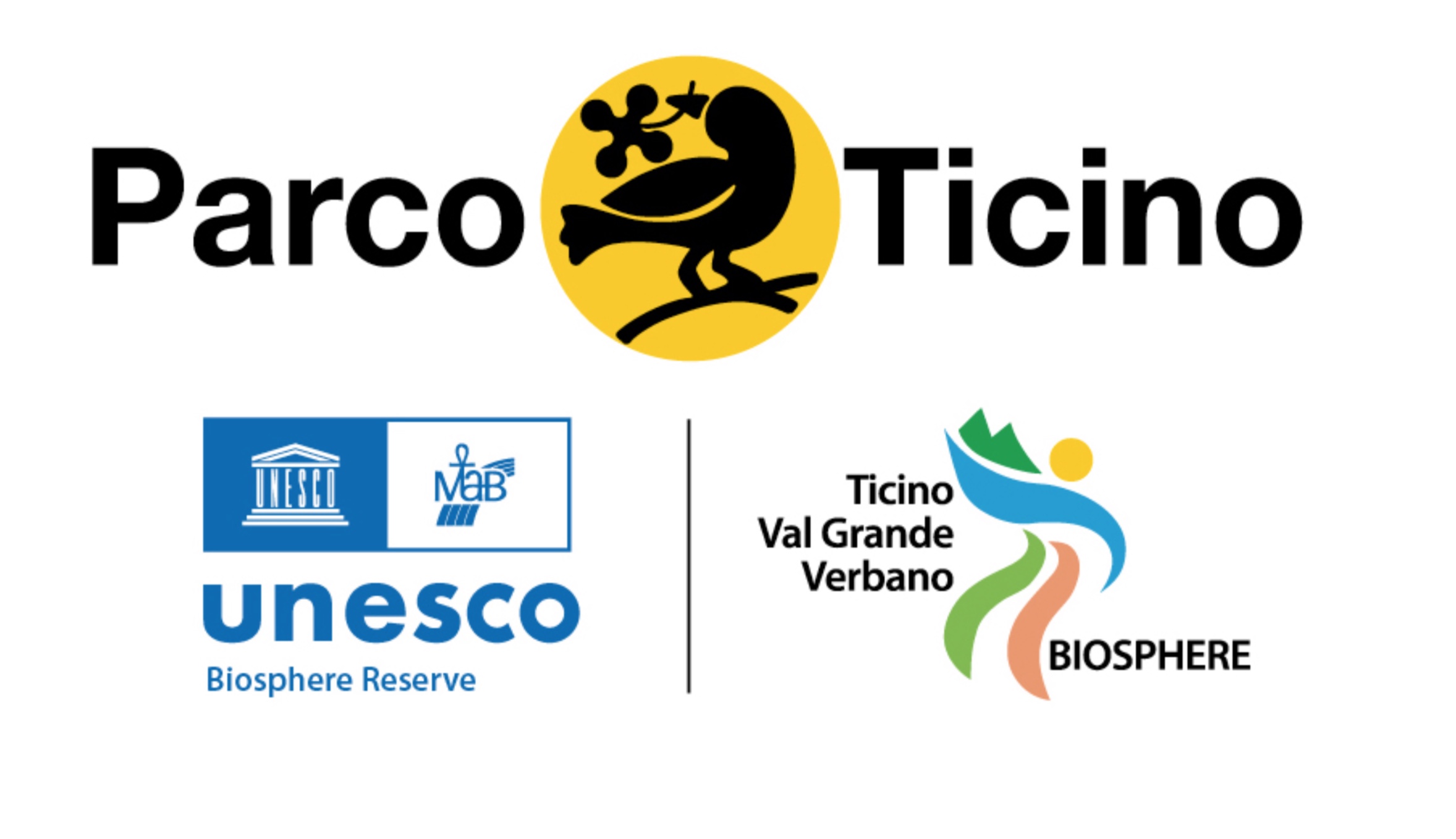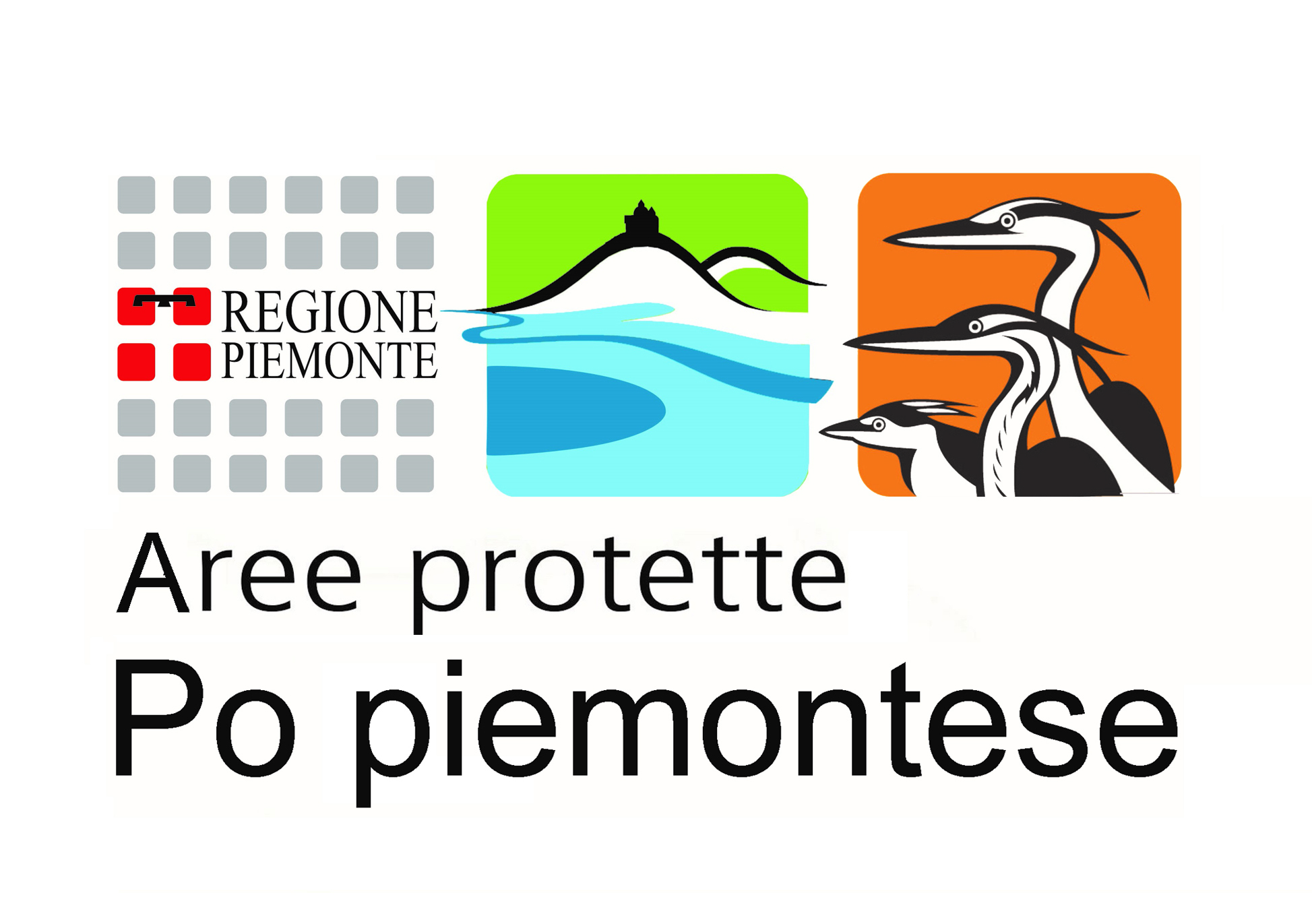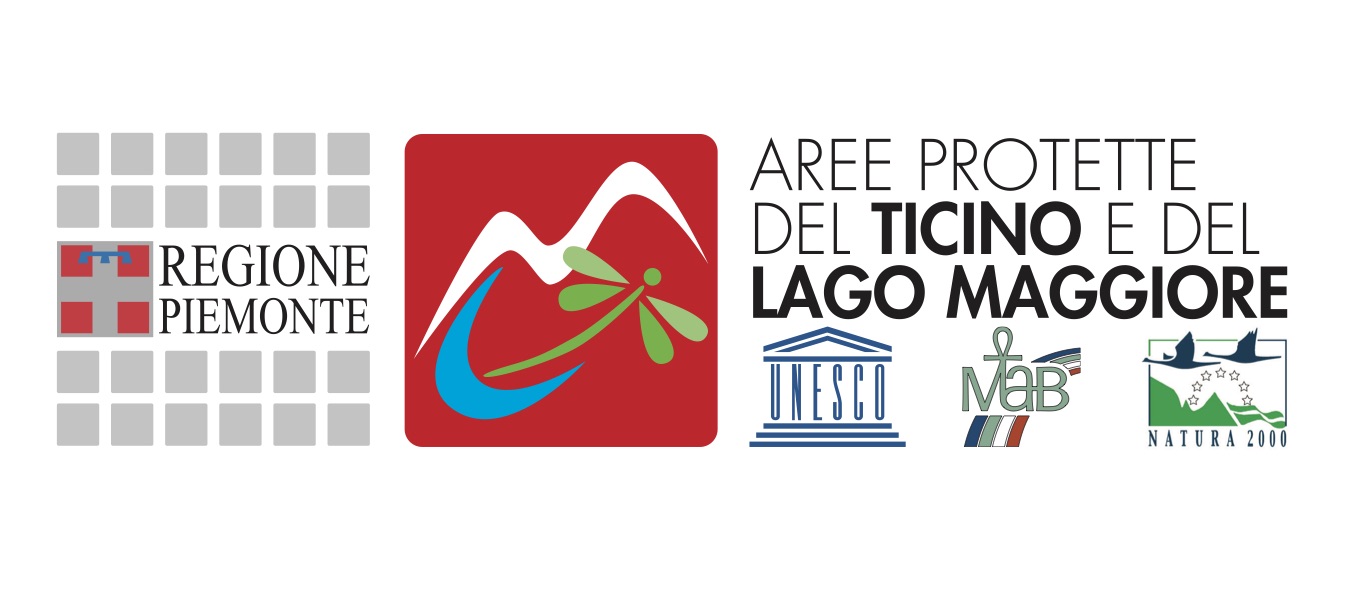LIFE PROJECTS

LIFE
LIFE is the European Union program for the environment. Its overall purpose is to contribute to the implementation, updating and development of EU environmental policy and legislation by co-financing environmental protection projects of European importance.
LIFE was launched in 1992 following an increase in public awareness of the need to protect the environment. Events like the Chernobyl disaster, the hole in the ozone layer and global warming gave a decisive boost to the development of European institutions and policies aimed at environmental protection.
The LIFE Program has gone through several phases – LIFE I (1992-1995), LIFE II (1996-1999), LIFE III (2000-2006), LIFE + (2007-2013) and LIFE (2014-2020) – during which a total of 3954 projects have been funded, to a value of approximately 3.1 billion euros invested in the environment.
Every year the European Commission publishes a call for proposals and selects a list of projects that will receive LIFE financial support, in accordance with a multi-annual strategic program and national priorities.
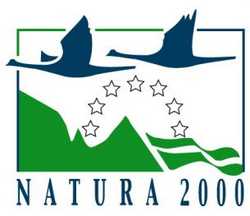
Natura 2000
Natura 2000 is the EU’s main instrument for the conservation of biodiversity, and it consists of a European-wide network of protected areas established in accordance with the Habitat Directive 92/43/EEC.
The aim is to ensure the long-term maintenance of natural habitats and to protect Europe’s rare and threatened species of flora and fauna.
The areas that make up the Natura 2000 network are not strictly protected reserves where human activity is excluded: the Habitats Directive aims to ensure the protection of nature while also taking into account “economic, social and cultural requirements and regional and local characteristics” (Art. 2). Natura 2000 sites may be owned by private entities who ensure that management is sustainable both ecologically and economically.
The Directive recognizes the value of all those areas where traditional human activities have allowed the maintenance of a balance with nature. Agricultural areas, for example, are linked to numerous rare and endangered animal and plant species whose survival depends on the continuation and enhancement of traditional activities such as grazing or non-intensive agriculture. The Directive thus specifies the objective of maintaining not only natural but also semi-natural habitats, such as areas with traditional agriculture, woods, pastures, etc..
Another innovative aspect of Natura 2000 policy is that it recognizes the importance of landscape features which play a role in connecting the habitats of wild flora and fauna (art. 10). Member states are encouraged to maintain or develop these features in order to improve the ecological cohesion of the Natura 2000 network.
Of all the European countries, Italy has the richest biodiversity, i.e., the highest number of species. It is home to about half of the plant species and about a third of all species currently found in Europe. Combined, the SCIs and SPAs in Italy cover about 21% of the national territory.
You can find information about the Natura 2000 network on the European website:
Environment – European Commission: http://ec.europa.eu/environment/nature/index_en.htm

